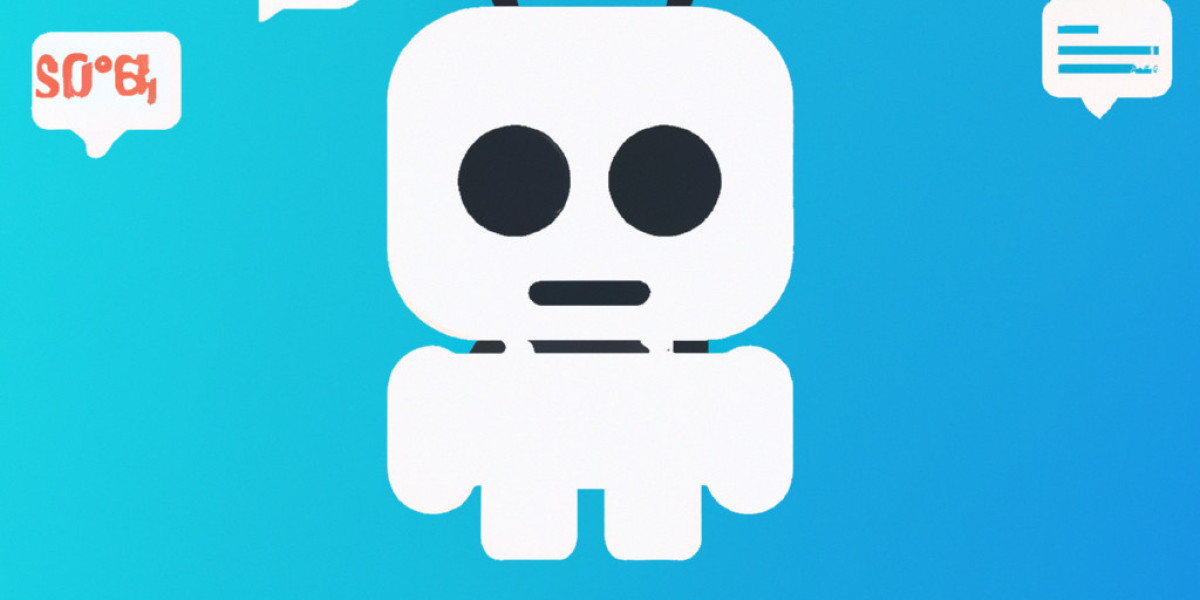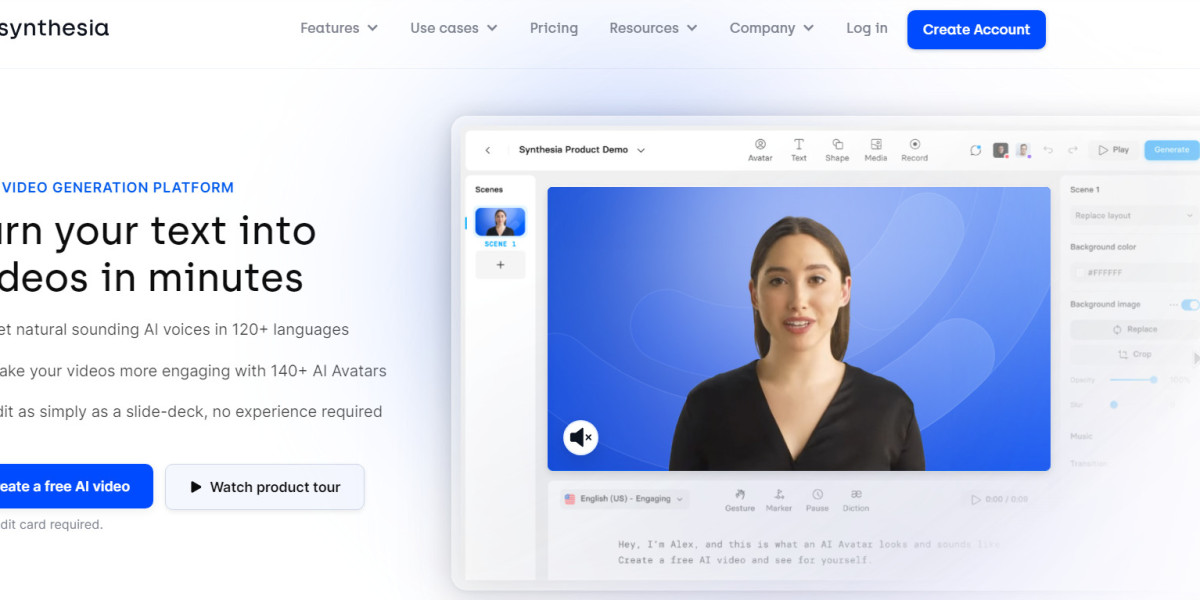In today's digital landscape, the significance of beginner-friendly interfaces cannot be overstated. As more users engage with technology, the demand for intuitive and accessible designs has surged. This article delves into the essential aspects of creating interfaces that cater to beginners, ensuring a seamless user experience.

Understanding Beginner-Friendly Interfaces
What exactly constitutes a beginner-friendly interface? At its core, it refers to a design that is easy to navigate, understand, and use, particularly for individuals who may not possess advanced technical skills. Such interfaces prioritize clarity and simplicity, allowing users to accomplish their tasks without unnecessary complications.
Key Features of Beginner-Friendly Interfaces
- Simplicity: A clean layout with minimal distractions helps users focus on essential tasks.
- Intuitive Navigation: Logical pathways and clear labels guide users through the interface effortlessly.
- Responsive Design: Ensuring compatibility across devices enhances accessibility for all users.
- Helpful Feedback: Providing immediate responses to user actions fosters confidence and encourages exploration.
The Role of Visual Hierarchy
Visual hierarchy plays a crucial role in the effectiveness of beginner-friendly interfaces. By organizing content in a way that naturally guides the user's eye, designers can highlight important elements and actions. For instance, larger buttons and contrasting colors can draw attention to primary actions, making it easier for beginners to understand where to click next.
Why Accessibility Matters
Accessibility is another vital aspect of beginner-friendly interfaces. By considering users with varying abilities, designers can create inclusive experiences. This includes using alt text for images, ensuring sufficient color contrast, and providing keyboard navigation options. When interfaces are accessible, they not only cater to beginners but also enhance the overall user experience for everyone.
Implementing Beginner-Friendly Interfaces
How can developers and designers implement beginner-friendly interfaces effectively? Here are some strategies:
- Conduct user testing with individuals who have limited experience to gather valuable feedback.
- Utilize design frameworks that prioritize usability and accessibility.
- Iterate on designs based on user interactions and preferences.
By following these steps, teams can create interfaces that resonate with beginners and foster a positive interaction with technology.
Conclusion
In conclusion, the importance of beginner-friendly interfaces in modern web design cannot be overlooked. As technology continues to evolve, ensuring that all users can navigate and utilize digital tools effectively is paramount. By focusing on simplicity, accessibility, and user feedback, designers can create experiences that empower beginners and enhance overall satisfaction.
For those interested in exploring innovative products that utilize beginner-friendly interfaces, consider checking out  for a user-friendly experience.
for a user-friendly experience.








